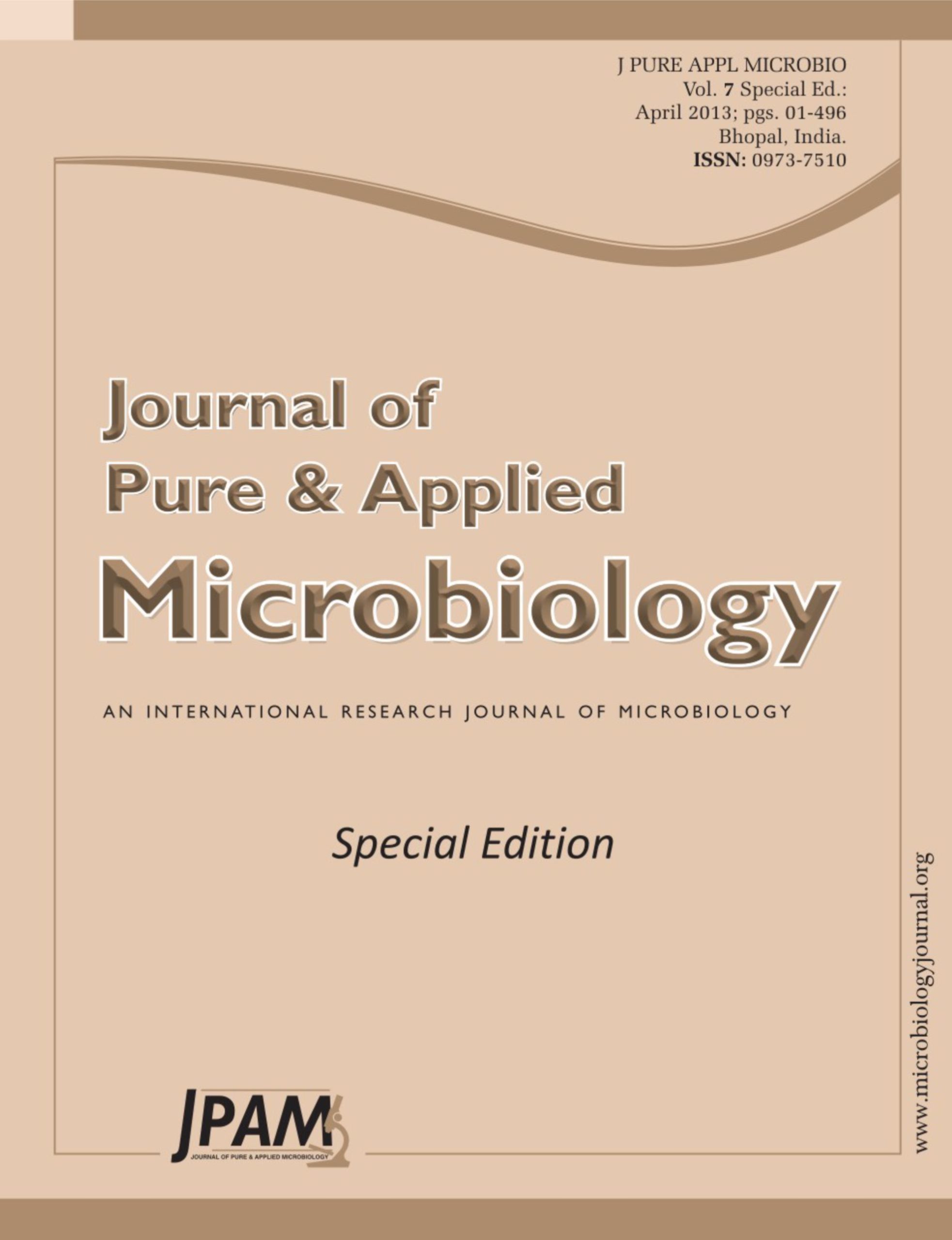Generally, chitosan-gelatin scaffolds were fabricated with 0.25 wt% glutaraldehyde (GA) as a cross linker by twice vacuum freeze drying. Three kinds of different mixture volume of chitosan and glutaraldehyde were considered. Apparent density, porosity, water absorption and compress properties of scaffolds with different freeze-dry temperature (-55°C or -75°C) were studied to obtain scaffolds with more excellent performances. It was found that porosity, water absorption and compress properties increased by adding volume of GA, however, apparent density decreased. With the dropping of freeze-dry temperature (from -55°C to -75°C), the porosity and water absorption of scaffolds decreased, but increased the apparent density and compress properties. It can be summarized that apparent density, porosity, water absorption and compress properties of scaffolds were influenced by changing the volume of GA in scaffolds and freeze-dry temperature. Thus, scaffolds with excellent performances would be expected to fabricate by adjusting volume of GA in scaffolds and freeze-dry temperature.
Gelatin, Chitosan, Glutaraldehyde
© The Author(s) 2013. Open Access. This article is distributed under the terms of the Creative Commons Attribution 4.0 International License which permits unrestricted use, sharing, distribution, and reproduction in any medium, provided you give appropriate credit to the original author(s) and the source, provide a link to the Creative Commons license, and indicate if changes were made.


